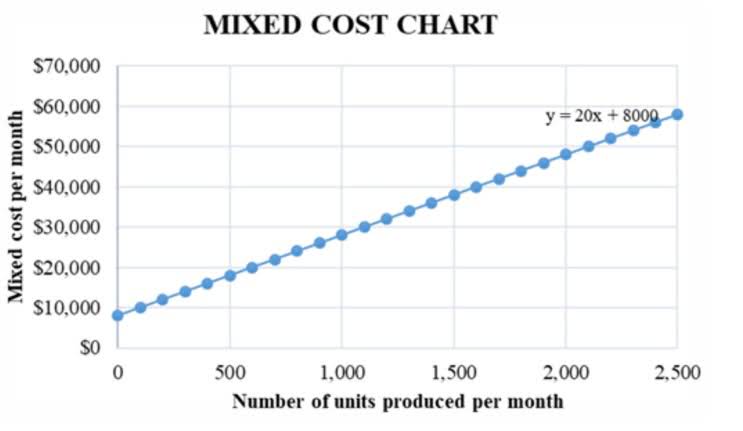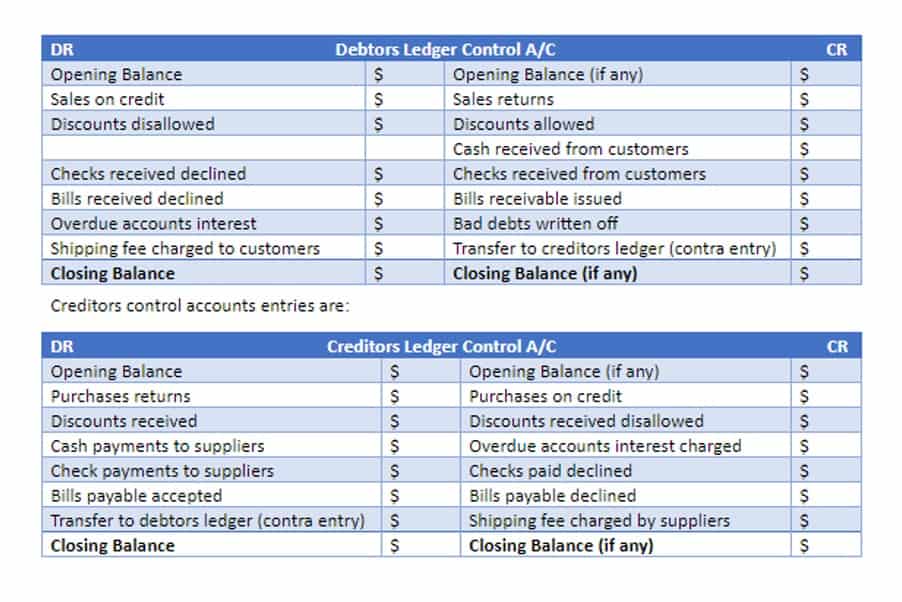
However, by acquiring an existing virtual reality company, it was able to expedite the time it took them to develop this capability. A well-structured allocation methodology ensures compliance with accounting standards and supports internal decision-making. By analyzing the cost structure, management can make informed decisions about continuing or discontinuing projects. Research and Development (R&D) refers to the systematic pursuit of new knowledge, products, or processes that result in innovation. If any of the recognition criteria are not met then the expenditure must be charged to the income statement as incurred.
International Standards and R&D
This discussion examines the nuances of capitalizing R&D expenses, exploring the criteria that guide this process and its implications on financial statements. R&D is important for companies to stay competitive given the rapid rate of technological advancement. R&D specifically allows companies to create products that are difficult for their competitors to replicate.

How to Properly Record Accrued Revenue for Your Business

Research costs are charged to the income statement in the year they are incurred, as research does not directly lead to future income. Capitalizing research costs would not comply with the accruals concept of accounting. However, the recent requirement to amortize these costs necessitates strategic cash management.
- The process of establishing technical feasibility for products or services available for sale will vary by industry and differences in the development cycle or regulatory environment should be carefully evaluated.
- In this section, we explore government support for R&D and private sector initiatives such as venture capital investments, accelerators, and incubators.
- Many small and mid-sized businesses may choose to outsource their R&D efforts because they don’t have the right staff in-house to meet their needs.
- Properly accounting for R&D expenses is essential for transparent financial reporting.
- Industries with companies with a large number of intangible assets generally report high spending in research and development efforts.
- In conclusion, government support and private sector initiatives play crucial roles in fostering research and development efforts.
Accounting for Research and Development (R&D) Costs: A Comprehensive Guide

R&D efforts can meanwhile lead to improved productivity that helps increase margins, creating an edge in outpacing competitors. It can allow a company to stay ahead of https://www.bookstime.com/articles/how-to-make-a-balance-sheet the curve, anticipating customer demands or trends. The IRS offers an R&D tax credit to encourage innovation and significantly reduce tax liability.
Research and Development (R&D)

Companies must carefully navigate transfer pricing rules, which govern how transactions between related entities in different countries are priced. These rules are designed to prevent profit shifting and ensure that R&D expenses are allocated appropriately across jurisdictions. Failure to comply can result in significant penalties and increased scrutiny from tax authorities. Although we endeavor to provide accurate and r&d accounting timely information, there can be no guarantee that such information is accurate as of the date it is received or that it will continue to be accurate in the future.
KPMG US IFRS® Institute
- IBM’s acquisition of Red Hat is a recent example of an M&A deal focused on R&D.
- Common examples include designing prototypes, conducting clinical trials, purchasing lab equipment, and paying scientist salaries.
- IPR&D is inherently not yet available for use and therefore subject to annual impairment testing.
- However, if these investments lead to successful innovations, the long-term benefits can enhance profitability, ultimately improving the ROA over time.
- Governments have recognized the role of R&D in driving innovation, economic growth, and competitiveness.
So far we have established that expenditure on R&D can fall into the category of intangible assets. Under UK accounting standards, intangible assets are accounted for using the rules from FRS 10, Goodwill and Intangibles. Below is an example of the R&D capitalization and amortization calculations in an Excel spreadsheet. The key assumptions are that a total of $100,000 has been spent on research and development, there is a $20,000 residual value, the product developed has a commercial life of 5 years, and the amortization expense uses the straight-line method. The amortizable life will differ from asset to asset and reflects the economic life of the various products. R&D amortization for a mobile phone company, however, should be amortized much faster (a smaller number of years) since new phones tend to emerge much more quickly and, thus, come with shorter shelf lives.
However, some costs may be cash flow capitalized under specific conditions, such as when materials or assets have alternative future uses with an estimable value or software that can be used elsewhere within the company. Governments have recognized the role of R&D in driving innovation, economic growth, and competitiveness. To encourage companies to invest in R&D activities, governments offer various forms of support, including grants, subsidies, tax incentives, and public-private partnerships. These initiatives aim to reduce the financial burden on businesses, making it more attractive for them to invest in R&D. For instance, the European Union’s Horizon 2020 research program provides funding opportunities for collaborative projects between academic institutions and industry partners.

Bình luận